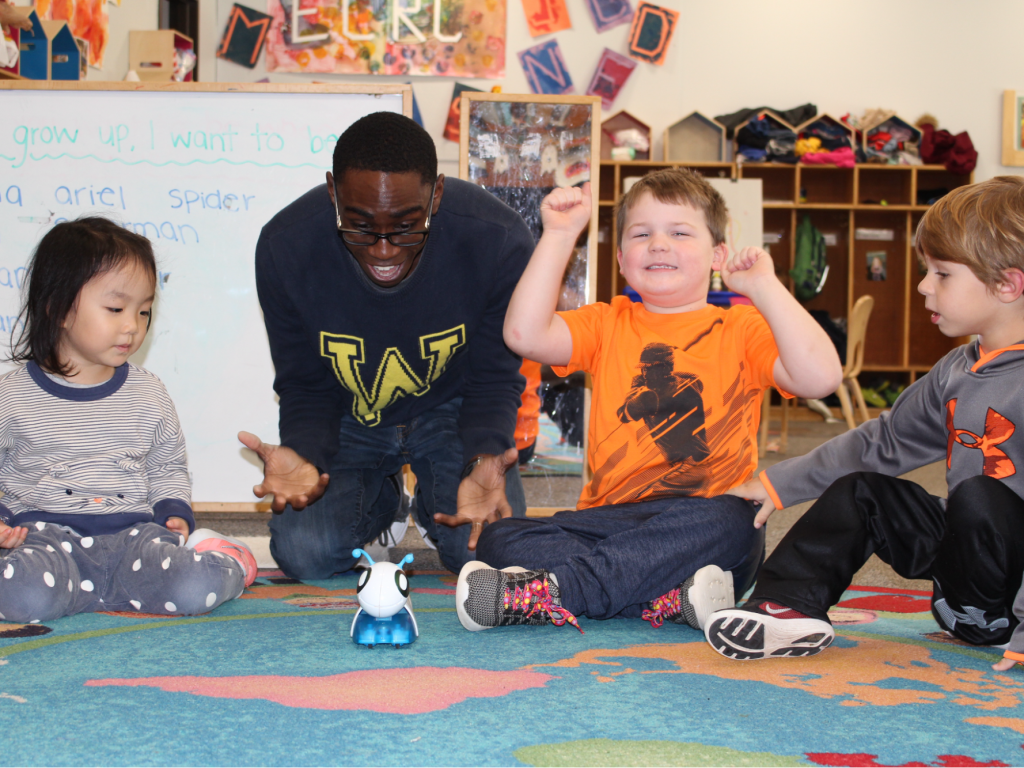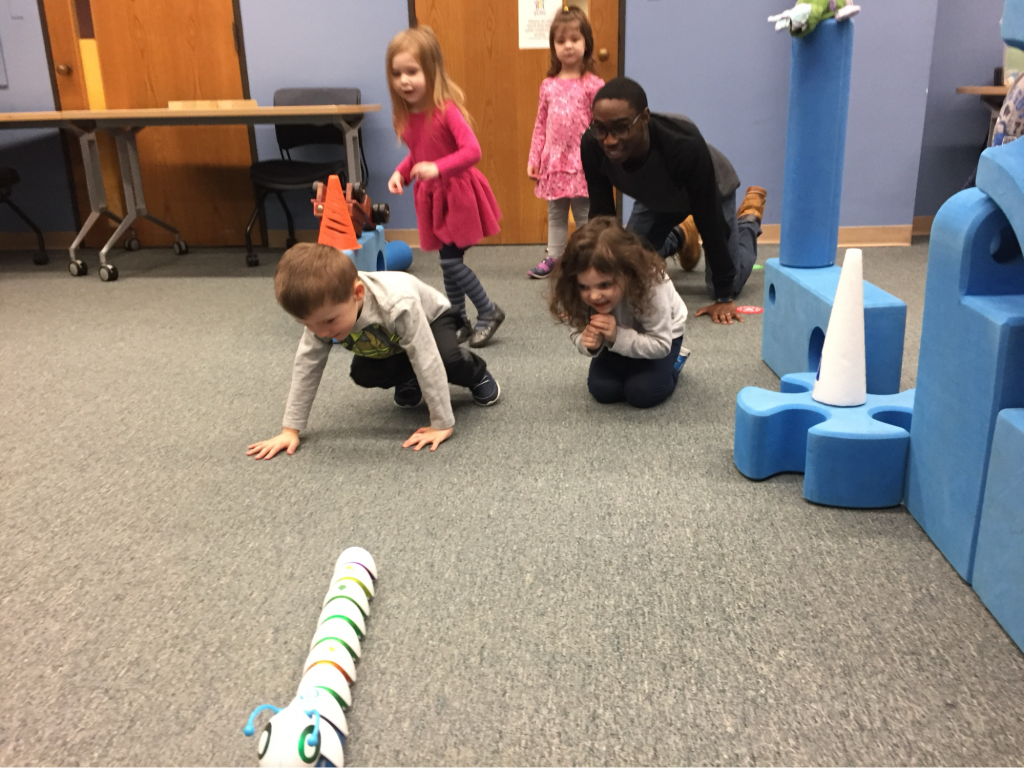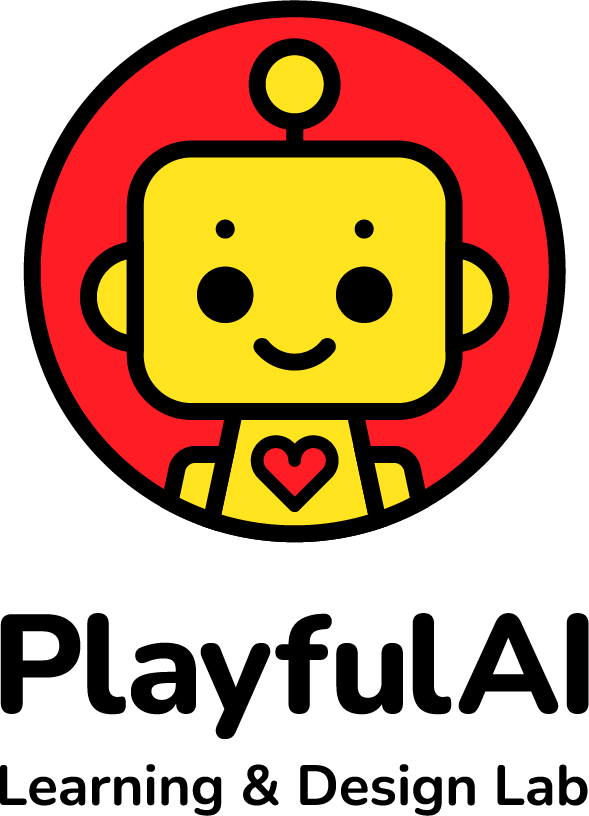Embodied Computational Thinking


Timeline: 2019-2020
Conducted at the Early Childhood Research Center, this study revolved around the use of a commercial programming toy, the Code-a-pillar. The project aimed to immerse young children in an engaging learning environment where computational thinking was naturally integrated through play and storytelling. By empathizing with the Code-a-pillar’s goals, children were able to develop foundational CT skills in a tangible and enjoyable way. The study’s approach highlights the effectiveness of embodied learning experiences in fostering early computational thinking skills.
Key Activities:
- Interactive Learning: The project centered on interactive storytelling and play. Children chose a narrative theme—’Rapunzel’—through brainstorming and voting. They decorated a house for Rapunzel and learned rules for her care.
- Programming Challenges: Each week, children faced new programming challenges linked to the Rapunzel story. These tasks included programming the Code-a-pillar to navigate to different locations in the room, aiding in Rapunzel’s adventures.
- CT Skills Development: Under the teachers’ guidance, children engaged in various forms of computational thinking. They were encouraged to empathize with the caterpillar, understanding its goals and challenges.
